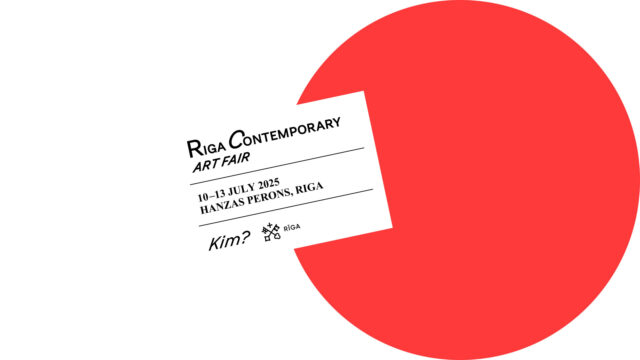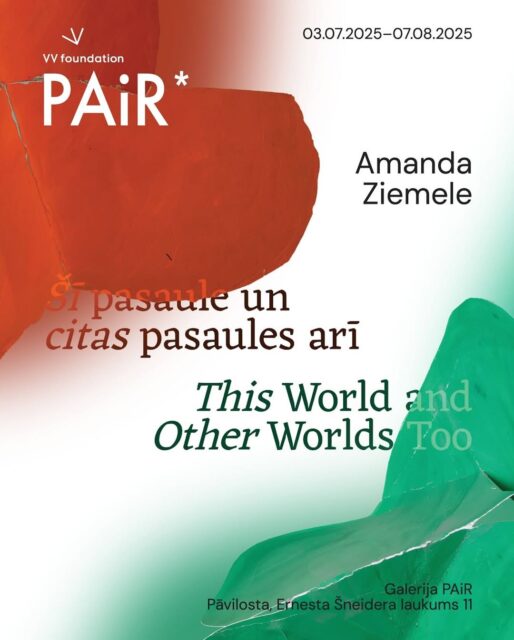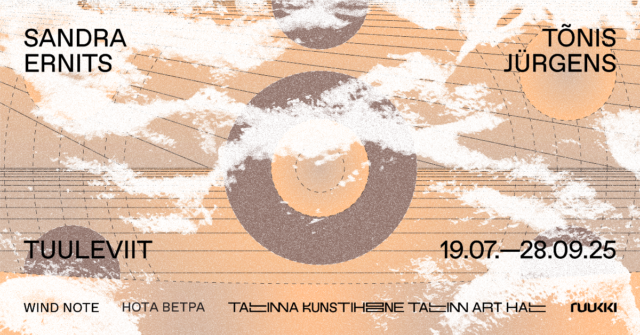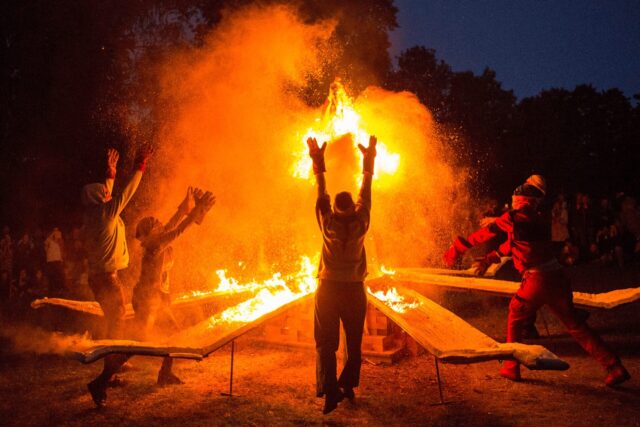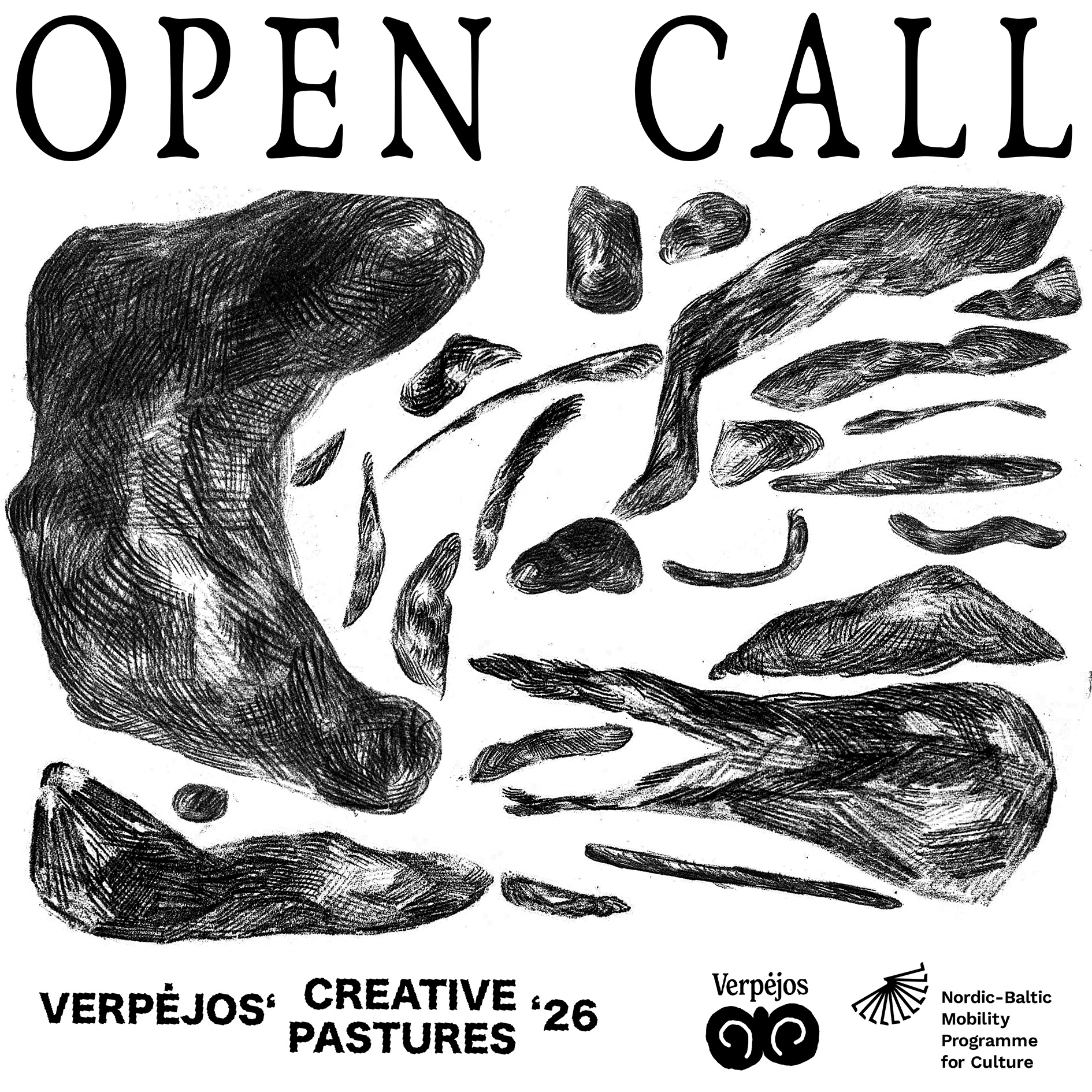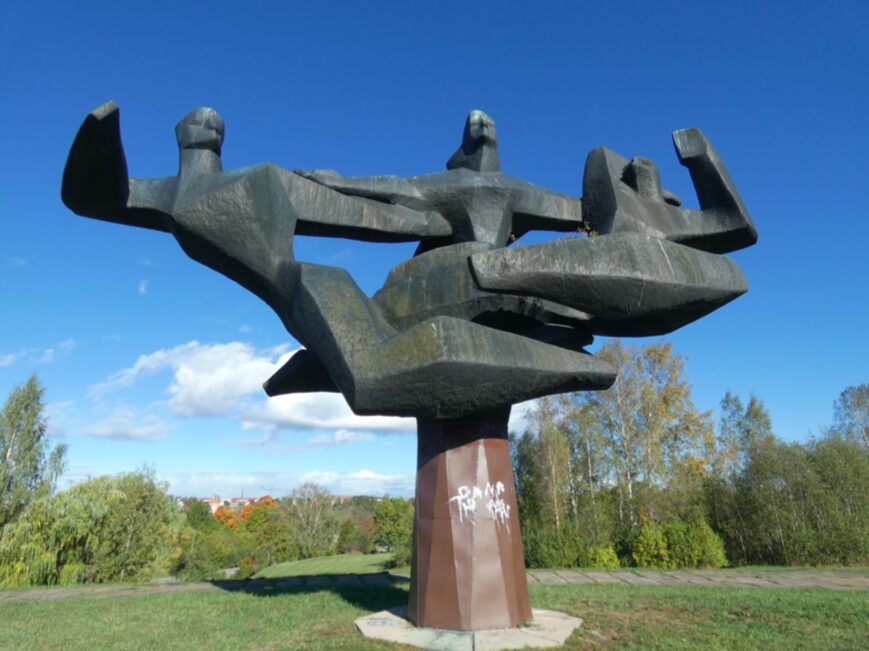
Sun and Sea. Photo: Neon Realism
We already know the forecast for Venice in 2019: the summer will start early, and will be hot and loud. A full sandy beach, the burning sun, the blue sea and all the holidaymakers tanning themselves will be transferred to the Venice Biennale by artists Rugilė Barzdžiukaitė (born 1983), Lina Lapelytė (born 1984) and Vaiva Grainytė (born 1984), where the artists will represent Lithuania with their second collaboration, the opera performance Sun & Sea.
The first version of Sun & Sea was first presented in 2017 at the National Gallery of Art, Vilnius, as part of the Sirenos international theatre festival. The work has been changing and growing ever since. In 2018, a German version of the opera was presented, and in 2019 it will be adapted for local audiences at the world’s biggest art biennial. The opera surprises us not only because it presents the genre with no pomp, or because the crucial and sensitive topics it addresses are discussed lightly, almost frivolously, by people tanning themselves and enjoying their time on the beach, but also because of the ‘bird’s-eye view’ it offers its audience.
Subtly but ironically, the three artists chose to segment narratives about climate change, the exploitation of natural resources and ecology, in a piece in which the cult of human beauty and the mutability of the body correlates with the pain and fragility of the Earth. The setting for this exploration could not be better. After seeing a performance of Sun & Sea, the themes linger in the mind for a long time. It is just the same as with sand, the way it hides for months in your shoes, in your hair and handbag after a long day on the beach in the summer.
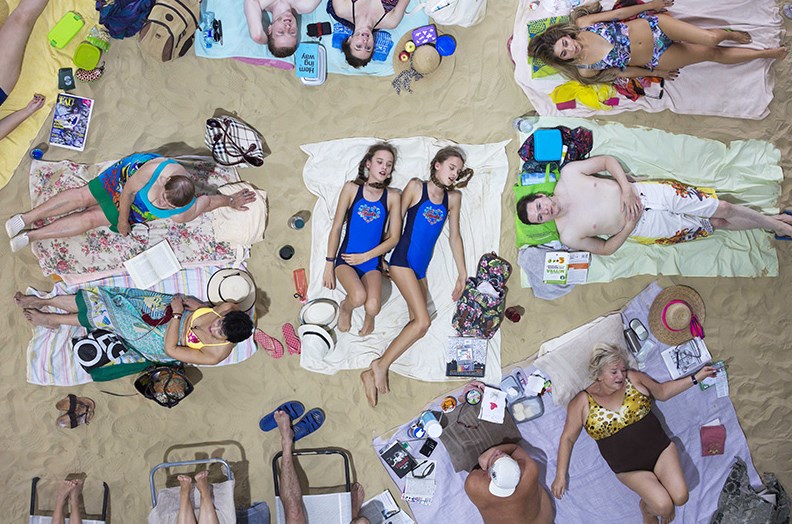
Sun and Sea. Photo from personal archive
The sun and sea are associated with being carefree, forgetting everyday routines. A day at the beach is spent passively. People tan themselves, rest, and pass the time. At the same time, sandy beaches represent a tiny but concentrated place filled with different social activities and groups. They could embody the Anthropocene era: a space occupied by humans, their activities, their consumptions. What themes are presented in your work?
Rugilė Barzdžiukaitė: This question touches on both the form and the content of the work. Passive lying around, the lazy burning away of time and the body: this is the surface of the work. People are only resting, but the axis which holds the whole mosaic of the opera together is an exhausted Earth, and a sun which is getting hotter.
Lina Lapelytė: Each one of us approaches the work differently: we have been developing it for several years, and we still are. Officially, the piece is about climate change, but we do not rule out the idea that this may also be the second episode of our first work, Have a Good Day![1] Sometimes we call it, ironically, ‘an ode to capitalism’. While Sun & Sea puts the joy of consumption on stage, my personal approach is through body politics: the parallel between the body of a human and the body of planet Earth.
Vaiva Grainytė: I could add that the opera consists of smaller sub-topics, which can be found as fragments in the libretto of Sun and Sea. These themes are related to the pleasures of consumption, time, climate change, boredom in everyday life, pollution, tourism, the interconnection of hedonism and the apocalypse, skin care, depression, nutrition, technology…
Your opera is an unexpected piece of art, its approach is unconventional: it is observed from above, without colourful and luxurious costumes, and it portrays people in an everyday situation. In this sense, you are breaking the rules of traditional opera, and creating a new forms of possible expression for this genre.
R.B.: This unconventionality, this breaking of common practice, is not a special rebellion. At least, I’m still not so fed up with traditional opera that I want to concentrate on negating or destroying the genre. Perhaps it’s precisely the strict definitions of a genre that fosters that conflict with genre-based practices, and somehow limit it. However, both Have a Good Day! and Sun & Sea could really be called Un-operas.
L.L.: We use the opera genre in a figurative sense, although, in fact, all the technical elements are the same as in traditional opera. It is important for us not to be locked within a genre or a context. The fact that our work has been selected for the Venice Biennale suggests that it may be important not only to us. Certainly, the concept of contemporary art does not limit itself to traditional means of expression.
R.B.: Our approach to our work emerges naturally in all cases, thinking about a particular topic, or actively waiting for it. In the case of Sun & Sea, there were several inspirations. All three of us wanted to create a second work together. At that time, I was filming a movie from – literally – a bird’s-eye view, in which people were de-familiarised, becoming the ‘animal species’. Obviously, the same bird’s-eye perspective so captured the imagination that it offered itself in another format. The beach itself has long been interesting in its formal monumentality: the tableau vivant of tanning bodies, bodies bearing their fragile, temporary nature. It seemed that from this perspective, it would be possible to talk about the temporality of the Earth, as our larger body. Finally, the architecture of the Guggenheim Museum in New York gave us an example of where such an opera could be shown. This image convinced the whole team, but it was abstract for several years before we began to work on it seriously.
Ten cashiers sang about global events in the opera Have a Good Day! In Sun & Sea, people sunbathing sing about environmental issues. Why do you approach to tell global events through episodic, small situations in life?
V.G.: It is easier to convey the macrocosm through a microcosm, while earthly and individual experiences provide opportunities to grasp major problems. Capitalism, ecology and other related subjects are very broad topics that are heavily exploited. This can cause a kind of ‘allergy’, in which it is very easy to drown or become bored and apathetic. You can influence discussions about global events emotionally or intellectually with a simple narrative, a fragment of this whole macro.
L.L.: My own approach towards the everyday is based on intuition, personal experience and the senses. I have a feeling that the importance of one ant, one tree, one woman, one community is becoming more and more visible. I think it is no coincidence that in our work the main characters are ones that each of us can relate to. We experience the whole, the Universe, through the importance of daily nothingness (a term borrowed from Jonas Mekas when speaking about the opera Have a Good Day!).
R.B.: Personal experience is empirical, and always starts with small situations. You cannot experience globalisation as a whole, but you can easily fall in love with a Swedish student with whom you attend an Erasmus course in Spain.
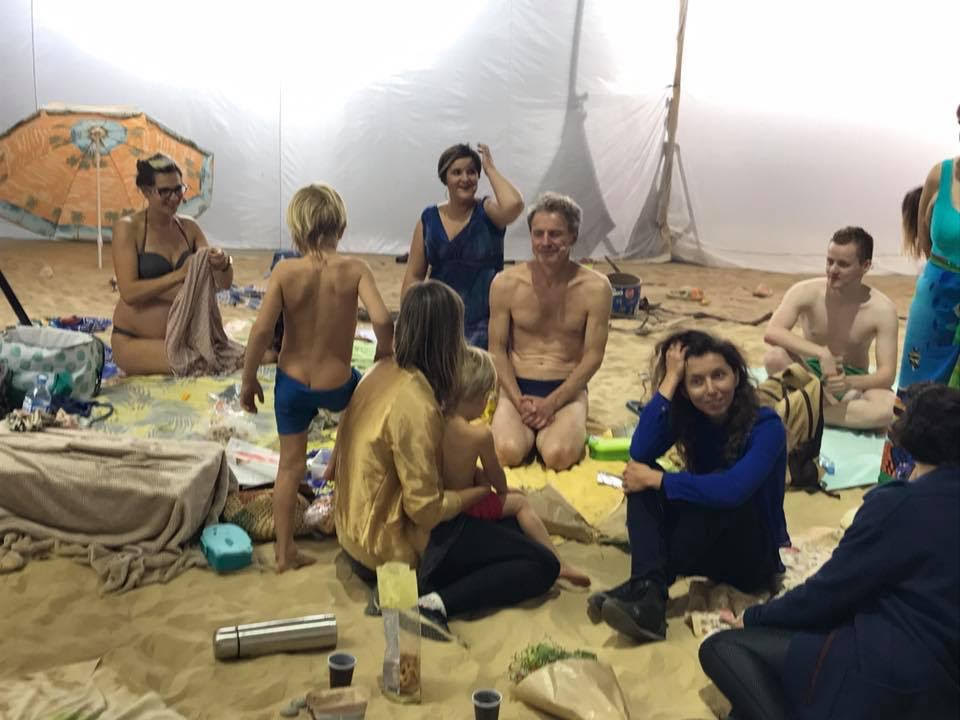
Sun and Sea. Photo from personal archive
The work will be presented at the Venice Biennale in 2019, in a new version: the music will be rewritten as a durational performance, and the libretto will be translated into English, together with characters reworked to appeal to a local audience. First presented in Lithuania a year ago, the work appears to be changing and growing. What will it be like in Venice? Are you planning any other activities next to the main opera performance?
R.B.: We’re not trying to change the work, but to adapt it. The production was shown six times on the day of its première at the National Gallery of Art in Vilnius, without any interruptions or stops. The spectators changed, but for us it was an endless day at the beach. We want to keep the same feeling in Venice, only that we will have to completely lose sense of time there: the vacations will last from spring to autumn…
L.L.: Yes, in Venice, Sun & Sea (Marina) – which will be the name of this iteration – will become an installation with people singing in it, without a beginning or an end, like a true experience of a beach. It will also be international, as we’ll invite university students, local professionals from Italy, and colleagues with whom we created the first version of the opera.
V.G.: And Lucia Pietroiusti, the curator of the pavilion, is organising a programme of accompanying events: various lectures on the idea of the shoreline, from the point of view of ecology, biology, food, economics, myths and materials. Also, Sun & Sea will be complemented with a catalogue containing a publication with invited writers and a limited-edition vinyl record, the soundtrack of the work.
L.L.: As part of the programme of public events, we want to invite thinkers, writers, activists and artists who inspire us. The work, its implementation and participation in the Venice Biennale is an ecological relationship: we want the public programme to reflect this, and so we are working with many organisations and individuals in collaboration for every programme. Now, we’re still dependent on a large number of factors, such as the budget, which could affect the content one way or another.
The Venice Biennale is often referred as the Olympics of Art, or it is compared to the Eurovision Song Contest. It represents not only an artist, a group or direction in art, but also the entire country. Do you think the format of the event restricts artistic freedom, or on the contrary, is it a stimulant, an invitation to experiment?
L.L.: Yes, the expectations on the national pavilion are rather high, but the global topics contemplated in the work allow us to, at the same time, partly forget the local. It is an important exhibition, but no more important than love, friendship and forests. I would be happy if this shows in our pavilion.
V.G.: Moreover, I have noticed that the situation of becoming ambassadors for the country is often provoked by happenstance. For example, in an international society, you can become a personification of a little-known, exotic country. Thinking that you are going to represent Lithuania as a whole country could lead us to forms of self-importance, add stress, and damage the vital mechanisms of the work. The most important thing is to do the job as well as possible, and if it relates to a particular geographical location and cultural context, that’s great.
R.B.: Perhaps, like everywhere, a competitive context has its own advantages and disadvantages. Indeed, we have heard that many artists get into conflicts within their teams at the Venice Biennale, perhaps from the mismatch between hopes and possibilities, or from an unhealthy and tense sense of too much responsibility?
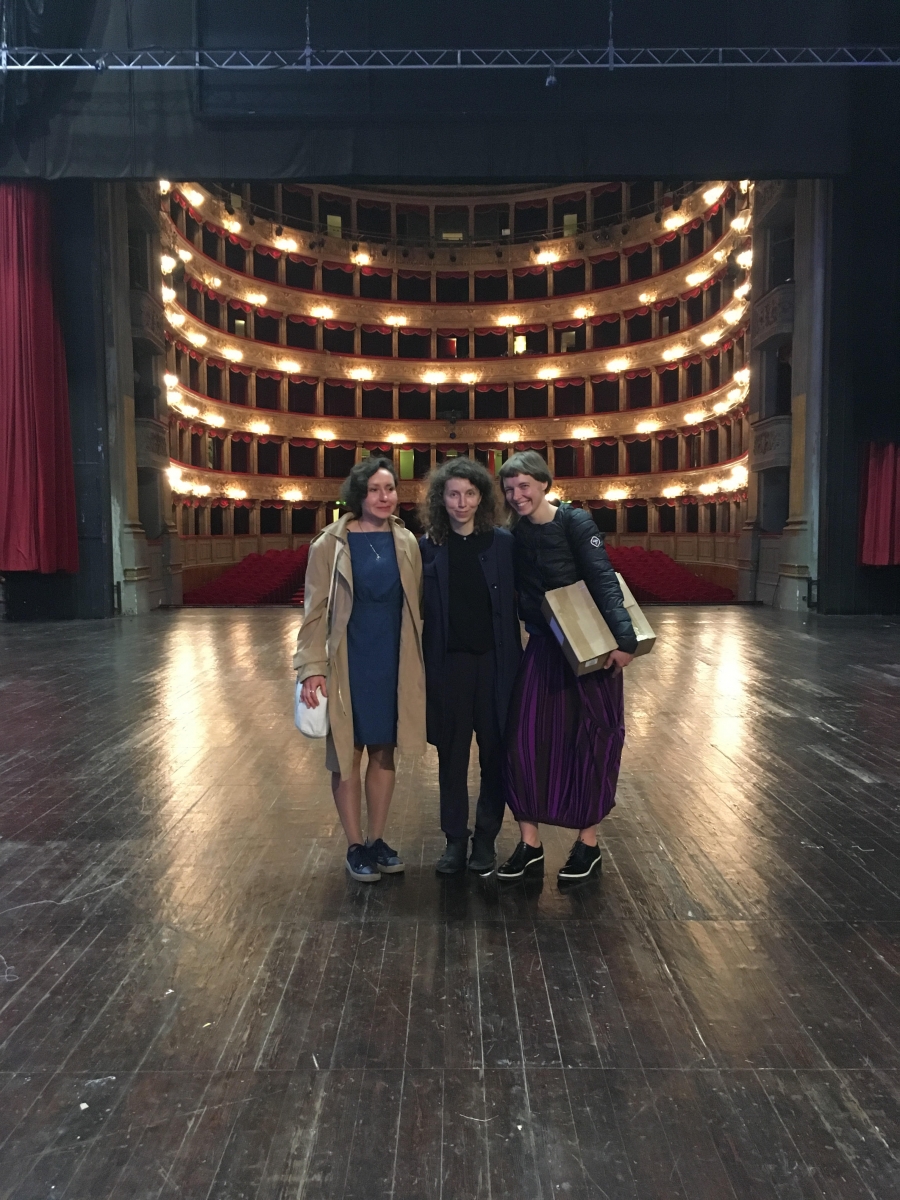
Vaiva Grainytė, Rugilė Bardziukaitė and Lina Lapelytė. Photo from personal archive.
This year you won the Borisas Dauguvietis Earring at the Golden Cross of the Stage ceremony, for innovative and original theatrical solutions. When accepting the prize, Vaiva said: ‘We would like the currents and turbulence created in the cultural field to continue to carry the entire hierarchy and patriarchal contamination away and disappear.’ What changes do you wish to see?
V.G.: The statement quoted is a simple gesture of solidarity, a reaction to the scandals that occurred at the beginning of the year, relating to rather gross manifestations of the patriarchal monopoly. Changes are taking place, albeit slowly. When a fur coat is taken from an old wardrobe and put in the sun, this always reduces the population of scarlet moths, or it makes people take precautions in the future, that is, it makes them think about them. It is desirable in the field of culture, and in life in general, that no gender should have dominance over the other.
L.L.: I would like to see changes not only in culture; although, considering the erudition of the people in it, the changes should have happened already. I think it’s important to quote the text by Candice Breitz: ‘Every time somebody tells me that they do not see colour or register gender in their daily reality, I know I’m in the presence of obstinate privilege, mostly the person who lives it. The privilege of obstinate privilege tends to be as privilege as it is to the privilege of others. This blindness presents itself as innocence. It is actually violent. They actually contribute to preserving and preserving the very systemic prejudices that they claim not to be able to see.’
It seems that the three of you have created an art commune. You have mentioned that you act like a ‘three-headed dragon’. What is each ‘head’ doing independently?
V.G.: Our trio first began with friendship. We’re all from Kaunas, and we’ve been friends since we were teenagers.
R.B.: I make films. I started some years ago, and recently finished my first long feature in cinema. Acid Forest (Rūgštus miškas) was filmed in a cormorant colony from, as I mentioned earlier, a bird’s-eye perspective. In it, different movie genres are intertwined. The film will première in Lithuania next spring. It’s also not possible to operate with ‘one head’ when making films as well. Acid Forest became a reality in collaboration with Dovydas Korba.
V.G.: I’m currently yearning for solo activity. I want to pay back debts to abandoned genres, poetry and literary essays, which require a more introverted and disciplined routine, sitting down at a desk and just writing. Still, one leg, or maybe even a leg and a half, is still in a collaborative state. I’m preparing for the première of our interdisciplinary work at the MO museum with the sound artist Arturas Bumšteinas. I’m participating as a playwright and translator in the King Ubu (Karalius Ūbas) project at the Doll theatre (directed by Neville Tranter).
L.L.: I construct situations in my solo practice, performances and installations, where music becomes a tool for criticising certain structures, approaches and norms. I’m a musician as well, and participate in the improvised music scene, where I try to learn by sharing, and to improve my ability to listen.
How do you manage responsibilities in your creative work when working in collaboration?
V.G.: We are solo artists. However, in the case of our collaboration, our specific areas of responsibility constantly interact with one other and coexist in synthesis.
L.L.: Even though in certain phases of the work each of us becomes instrumental in a specific field, conceptually we act as one unity. Perhaps we all speak ‘one language’, and the need for autonomy is rarely expressed. If that happens, we simply try to accommodate it.
R.B.: It’s important for us to programme the work in its essence together, we’re not the only agents in our own individual roles; that kitchen is shared. Of course, there are works and different stages in which we act individually. But then we mix together again, discuss a lot…
L.L.: The creative process is greatly influenced by the performers, and a lot of attention is paid to the casting process. We look for specific personalities, characters, voices – even their families and pets can become part of the performance.
In the 2016 Venice Architecture Biennale, the Baltic Pavilion used the concept of the Anthropocene to introduce the development of the three Baltic countries, and this year’s Swamp Pavilion invited us to rethink the forgotten ecosystem in the context of climate change. You invite people to the beach to talk about fragility, ecosystems, and the changing Earth. Why are these topics important, and why is art an influential tool for this?
R.B.: These are hot topics, but at the same time they’re very abstract, and hard to comprehend and grasp without personalisation, micro narratives. Maybe that’s the reason?
V.G.: The dominance of ecological topics in artistic fields reflects directly the present situation of our planet, which is extreme. At the same time, the most fashionable theme and the use of the right key words can now win necessary points in a bidding competition (even Senukai[2] sells the same cheap, harmful material yoga mats with ‘eco’ signs, and I noticed that they sell faster than others which are not marked with the ‘eco’ badge). It’s important ‘how’ these ecological themes are reflected upon. Sometimes, the wrong approach can lead to even greater indifference. We were aiming to show scary Anthropocene-era issues with ease, humour, and just the tiniest signs of the apocalypse. Without moralising or intimidating intonations, we ourselves are responsible in the use of this planet’s resources.
L.L.: And indeed, we have exhausted those resources. We live in times of catastrophic excess, but the acceleration is frightening, and the ruling structures are heavily dependent on that same acceleration. It is desirable that art not only finds ways to speak about it, but that this speech should be heard by – and accessible to – a wider public.
V.G.: While the Internet is full of images of birds and sea mammals wrapped in cellophane, while uncontrolled fires rage even in the north, after experiencing shock and a bombardment of existential sadness and horror, the consciousness is incapable of fully comprehending the scale of the situation. In addition, like a representative of every species of animal, a person has an innate instinct for survival. So on one hand – pursuing conscious, environmentally friendly actions (like saving water whilst taking shower), on the other hand Homo sapiens takes a flight to visit his/her boyfriend or girlfriend who lives in another country, multiplies his/her genes, which finally result in dead end of CO2 nebula.
R.B.: If someone speaks about these topics in a threatening way, often we step back, because we’ve heard it so many times, and feel that there is nothing we can really change. In our work, speculation is replaced by irony. We try to keep it personal and simple in every respect.
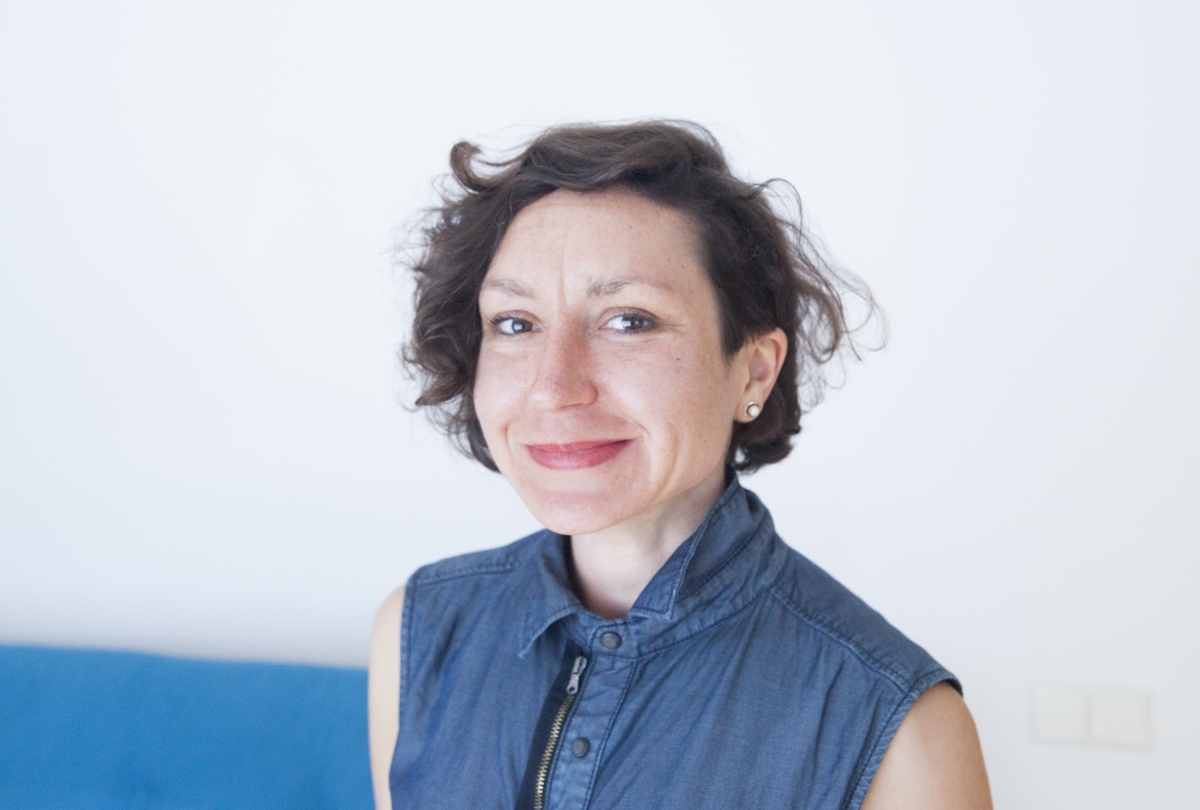
Vaiva Grainytė. Photo: Darius Jurevičius
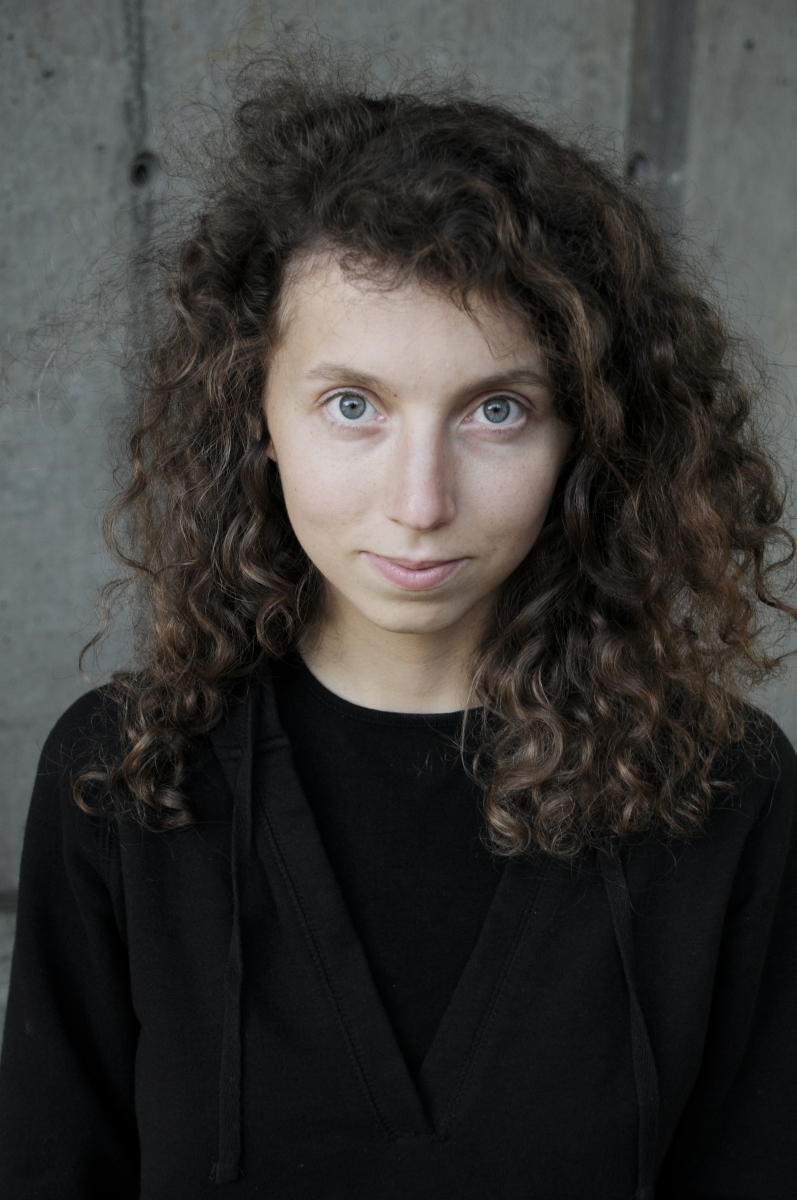
Rugilė Barzdžiukaitė. Photo from personal archive
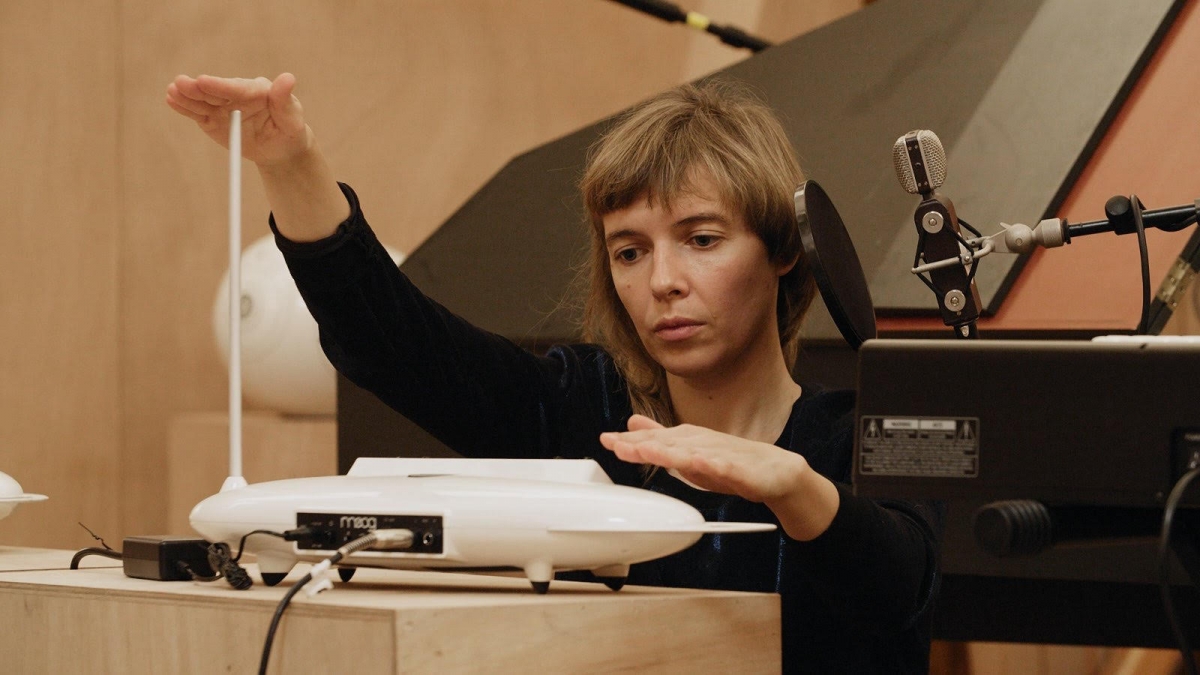
Lina Lapelyte, courtesy, ‘Studio Venezia’, Xavier Veilhan, 2017
***
The Venice Biennale is an international event that takes place every two years. In 2019, it will run for the 58th time between 11 May and 24 November. The Biennale is the pioneer of all other biennials, and is one of the most prestigious events in the field of culture. Lithuania has participated in it since 1999, so the artists’ trio and opera performance Sun & Sea will be the 11th National Pavilion. The Nida Art Colony of Vilnius Academy of Art, and the Commissioners Rasa Antanavičiūtė and Jean-Baptiste Joly, will present the project. Lucia Pietroiusti, Curator of General Ecology at the Serpentine Galleries in London, will be the curator of the pavilion.
[1] Have a Good Day! is a conceptual opera, with ten singing cashiers, supermarket sounds and a piano. It was premièred in 2013.
[2] Senukai is a supermarket brand in Lithuania.














